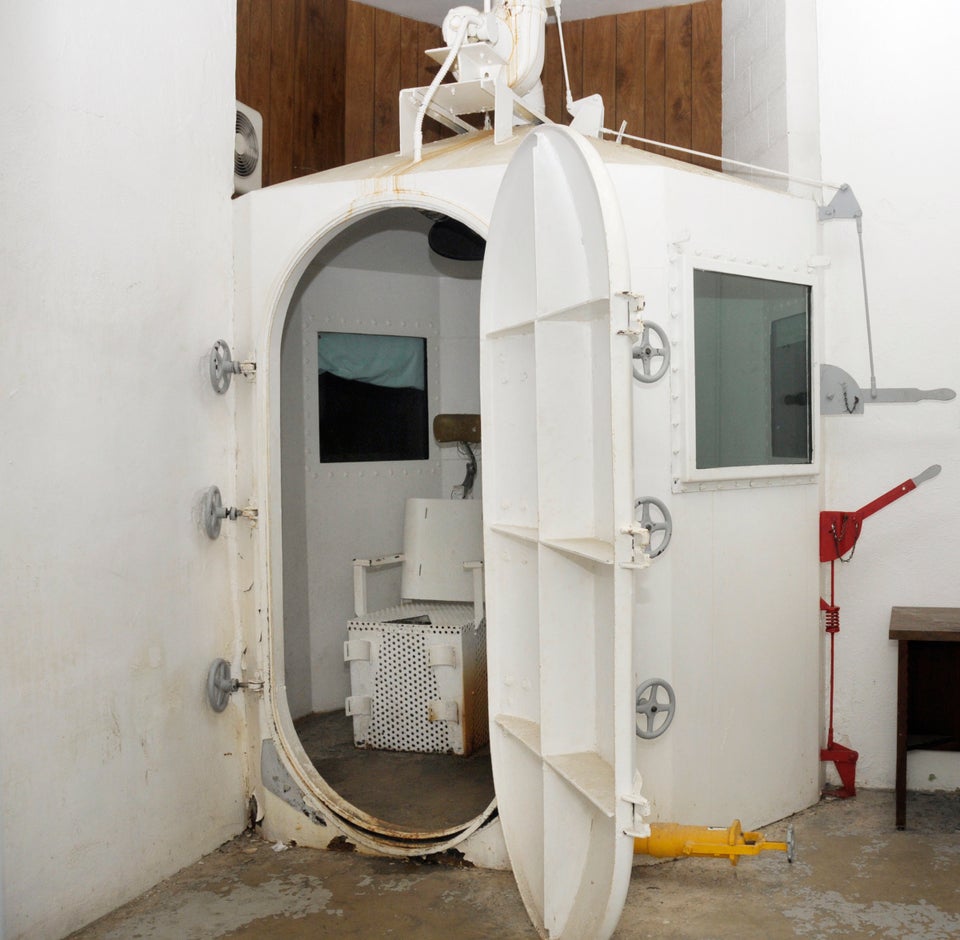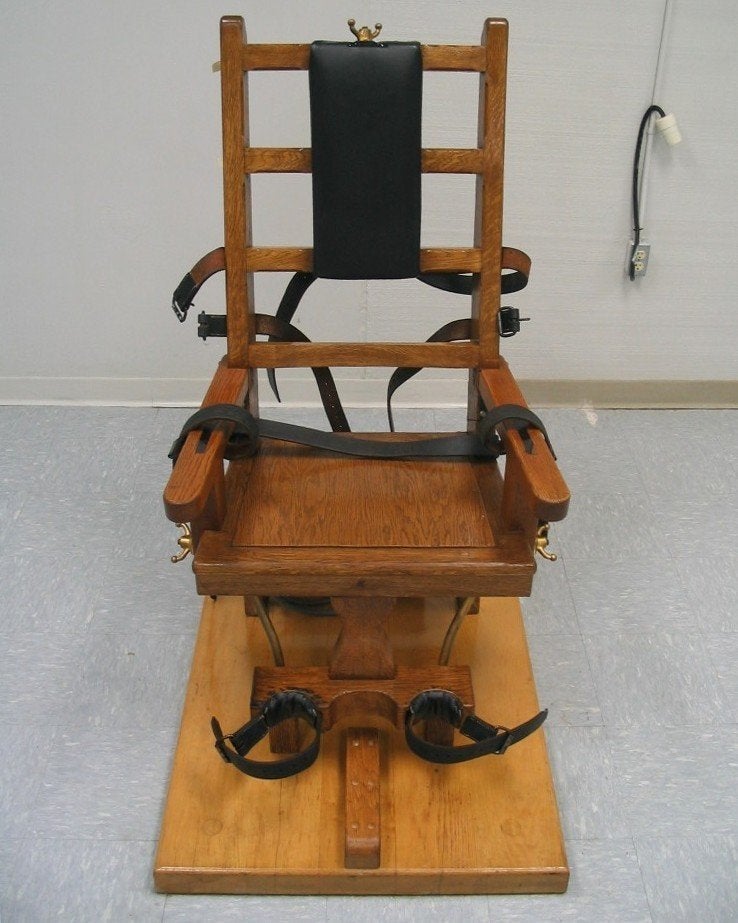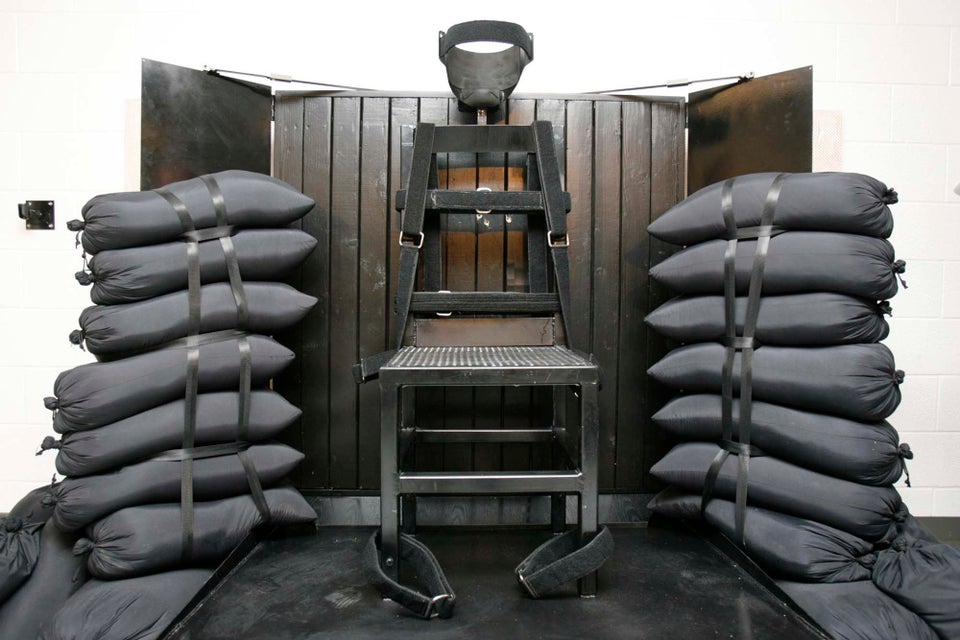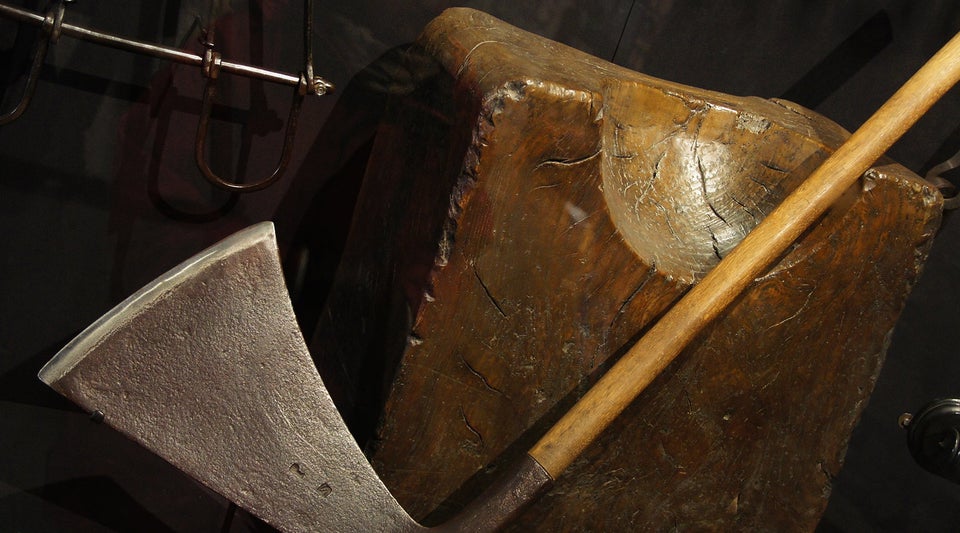An audit conducted by the state of Nevada shows the cost of death penalty cases is nearly twice as much as murder cases where a lesser penalty is sought.
The audit, which focused on 28 murder cases in two Nevada counties between 2000 and 2012, concluded that the death penalty costs about $532,000 more than non-death penalty cases. The report cited the additional time and resources needed when the death penalty is sought as reasons for the escalated cost.
"These cases are more costly because there are procedural safeguards in place to ensure the sentence is just and free from error," the audit stated.
Despite striving for conclusions that are "just and free from error," a 2014 study that appeared in the Proceedings of the National Academy of Sciences said about one in 25 people imprisoned under a death sentence is likely innocent.
As the Las Vegas Sun pointed out, auditors Paul Townsend and Dan Crossman told Nevada lawmakers the new report's findings are likely limited because some government agencies are hesitant to provide documentation about death penalty cases.
Nevada is just one of several states where the high cost of pursuing the death penalty has been acknowledged. Amnesty International rounded up some findings from the last decade on the cost of pursuing the death penalty in different states, including Maryland, where a single death penalty case can cost up to $3 million more than a non-death penalty case, according to a 2008 report.
Another 2008 report, from the California Commission for the Fair Administration of Justice, determined that the state of California could save millions annually by abolishing the death penalty. The report found that changing the sentence of death row inmates to lifetime incarceration would have little impact on the inmates themselves, only changing the location where they would serve their sentences. The change could save the state $27 million dollars each year.
Support for the death penalty has dropped by 23 percent since 1996, according to a February 2014 Pew Research poll. According to the AP, Department of Corrections officials say there are currently 81 inmates on Nevada's death row, and the state hasn't executed a prisoner since 2006.
See the Nevada death penalty audit here.
Before You Go

















